 |
| Concept Art by the incredible Justin Sweet |
Like my introductory articles for The Lord of the Rings or Star Wars, there are some fantasy or science fiction series that one doesn’t immediately feel the need to explain. Those stories are so ingrained into our fandoms and our childhoods that we just assume everyone around us has at least read the books or familiarized themselves with the saga in question. But the more people I meet, the more I find who actually aren’t acquainted with one of the most popular modern fairytales of all time — The Chronicles of Narnia.
Many people have seen at least one of the films or perhaps read the central book in the series, The Lion the Witch and the Wardrobe. But it’s an absolute travesty that they don’t bother to look into the rest of the saga, because there is so much more to Narnia than all of the controversial debates about its “spiritual agenda,” or the complaints about its relatively sub-par film adaptations. So, for those of you wondering whether Narnia is worth a read, perhaps this thorough spoiler-free examination of the series will help you as you make your decision. Come along.
Hogwarts Narnia, A History
Much in the same way that The Lord of the Rings can’t be fully understood without knowledge of its author, so too The Chronicles of Narnia can’t be totally-appreciated without a glance into the life of Clive Staples Lewis: an academic professor of both Cambridge and Oxford University.
Lewis grew up as a highly-rational, highly-educated scholar who harbored a massive grudge against Christianity and clung fast to atheism for the majority of his life. Like his future-companion and fellow author J.R.R. Tolkien, he was a soldier in the hellish trenches of WWI and later became a professor at Oxford where the two of them first met.
Under the influence of many close friends with religious beliefs (including Tolkien), Lewis took a second, candid look at the world and realized that there was some logic to support the idea that there might be a God out there — and, soon after, that this deity was the Christian one in particular. Though the initial decision rendered him “the most dejected and reluctant convert in all England,” as he called himself, in time Lewis grew to be one of the foremost authors to address major debates within Christianity (Surprised by Joy: The Shape of My Early Life, by C.S. Lewis). His ability to explain ancient biblical texts in modern terms was (and still is) highly-lauded, and he’s remembered as one of the greatest religious authors of the past century.
The reason why this backstory is important is because The Chronicles of Narnia, one of his most popular book series, is often rejected by potential readers because they don’t want to be “beaten over the head” with a some Christian agenda. After all, they argue, Tolkien managed to write The Lord of the Rings without pushing his own faith onto his readers. Or did he?
Those of us who read and write often enough know only too well that an author’s worldview will always, always influence the stories that we tell — we can just choose how obviously it occurs. Tolkien, Lewis, Jacques, and even J.K. Rowling all have hints of their own personal beliefs intrinsically woven into their tales. In Lewis’s case, he didn’t shy away from [Christian] themes of hope and sacrifice and honor in The Chronicles of Narnia, and the result was a seven-part fantasy series for young readers that has been beloved by audiences ever since.
Starting in the year 1949, the first book to be published was called The Lion, the Witch, and the Wardrobe. To this day it is the most popular of the books, and has been adapted for radio and screen the most times: from the quaint 1988 special by the BBC to the 1979 animated video by Bill Meléndez (both of which are still ripe for a walk down memory lane… and a good a laugh).
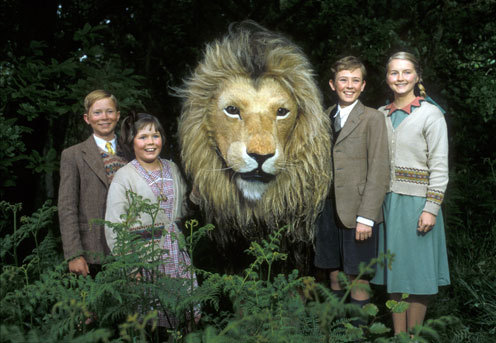 |
| Don't get me wrong: the BBC specials are perfectly adorable and nostalgic. They're just also far too easy to make fun of nowadays… |
Then Walden Media stepped in and adapted Wardrobe in 2005, to mixed reviews (because, as usual, “it’s just not as good as the books”). I was a bit disappointed at some of the rearrangements that the plot went through, but I do understand why they had to be done for the sake of giving the stories a more cinematic format. At least the original trailer for Wardrobe still gives me goosebumps to this day.
The next books, Prince Caspian and The Voyage of the Dawn Treader, continued the story chronologically and have also been adapted by both the BBC and Walden Media (supported by Disney and then 20th Century Fox, respectively). However, that’s approximately where the experience of most modern viewers ends. The Silver Chair was the only other book to be televised by the BBC, and the other three tales — The Magician’s Nephew, The Horse and His Boy, and The Last Battle — have never been attempted on the big screen.
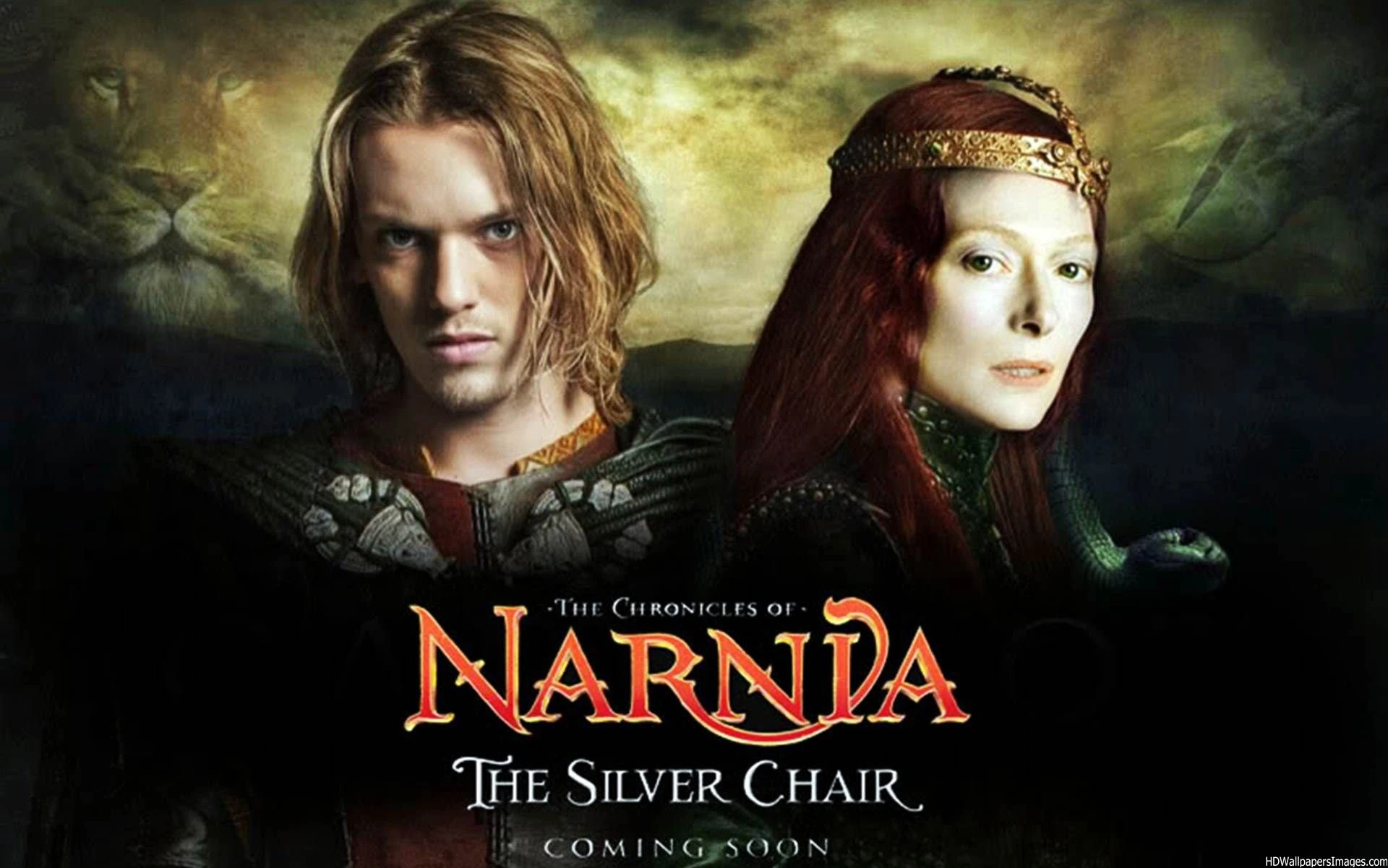 |
| There are rumors that Walden Media is releasing The Silver Chair in 2016... ...but there's not much evidence to support said rumors just yet. |
There are some reasons for this. As timelines go, Narnia is actually a very difficult series to shoot. Wardrobe is not the first installment of the series chronologically; everything begins in the tale of The Magician’s Nephew, and then several decades pass before the events of Wardrobe, Caspian, and so on. And during those latter books, many characters are seen as children, teenagers, adults, and then children again (due to a tricky magical component of quasi-time-travel).
Chronological Order:
The Magician’s Nephew - published 1955
The Lion, the Witch, and the Wardrobe - published 1950
The Horse and His Boy (actually takes place during Wardrobe) - published 1954
Prince Caspian - published 1951
The Voyage of the Dawn Treader - published 1952
The Silver Chair - published 1953
The Last Battle - published 1956
Unlike Tokien’s painstakingly-detail-oriented construction of his own universe, cultures, linguistics, and careful prose… Lewis (to his friend’s great envy) wrote quickly and easily. He had no qualms about mixing mythologies at all, which makes Narnia more of a fantasy free-for-all where science, magic, and all sorts of creatures interact.
The Plot
The Lion, the Witch, and the Wardrobe
In the midst of the London air raids of WWII, many children were sent to live out in the British countryside for their safety. Four such children are Peter, Susan, Edmund, and Lucy Pevensie. They’ve been sent to the house of a reclusive and mysterious professor, and in their attempts to amuse themselves, Lucy stumbles upon a wardrobe hidden in a spare room.
But this is no ordinary wardrobe. When Lucy checks the inside on a whim, she discovers an entire frozen forest, and even meets a strange mythical faun named Tumnus.
Before long, all four of the Pevensies tumble through the wardrobe and discover the fantasy land of Narnia, where an evil witch has kept the land trapped in eternal winter for countless years. When the children discover that they may be part of an ancient prophesy that will one day lead to the witch’s demise, they must decide whether to face the danger or attempt retreat… but their destinies are intertwined in a mixture of betrayal, courage, and sacrifice that none of them could ever have foreseen.
Will the White Witch ever be defeated? Will the four siblings emerge from the conflict unscathed? Will they ever make it back to England? There’s only one way to find out.
Prince Caspian
One year after their journey through the wardrobe, Peter, Susan, Edmund, and Lucy are trying to pick up the pieces of their old lives after the war has ended. Little do they know that the land of Narnia has rushed on without them, and now is ruled with the iron fist of a ruthless usurper who has tried to extinguish all magical creatures from the land.
However, under his nose, his nephew Caspian (the royal prince) has been learning of the Old Narnia. When Caspian survives an assassination attempt by his uncle, he must flee to the forests, attempt to join forces with the suspicious talking beasts of Narnia, and perhaps find a way to summon the Kings and Queens of old to fight for the land once more.
The Voyage of the Dawn Treader
Edmund and Lucy are just starting what promises to be a miserable holiday with their rotten cousin Eustace*, when an unexpected portal sucks them into Narnia… and unfortunately brings Eustace with it.
The two Pevensies are reunited with Caspian on the high seas, and they join his crew in a search for seven lost lords and the mythical realm of Aslan’s country at the end of the world…
…that is, if Eustace will stop whining the whole way.
* I very much suspect that this character was Lewis’s own projection of himself in the series, because as a child he likely shared the same “forward-thinking” ways as Eustace. He also disliked his own ridiculous full moniker, ‘Clive Staples,’ which lead to one of the best introductory lines of the entire series: “His name was Eustace Clarence Scrubb… and he almost deserved it.”
The Silver Chair
After Eustace returns to school, he and his friend Jill are running from a pack of bullies and stumble upon a gateway into Narnia, where much has gone wrong and the wise lord Aslan has selected them to set everything aright by finding the kingdom’s lost prince. However, the journey is nowhere near as glamorous or logical as the two children would have expected. Will they remember the signs to guide them along the way, or will their discomfort lead them to forget everything that they’ve learned?
The Horse and His Boy
Deep in the southern country of Calormen, a young boy named Shasta discovers that his surrogate father is considering selling him as a slave. However, when he meets Bree, a talking horse from Narnia, the two lost captives agree to run away together and seek out the northern land where there are no slaves. Along the way, they encounter unlikely allies and seemingly-surmountable odds, tangling themselves accidentally in royal intrigues and international warfare… only to find out that there was one wise Force guiding their actions towards victory the entire time.
The Magician’s Nephew
In the early years of the 19th century, a young boy named Digory meets a girl named Polly, and they become fast friends… but when their whimsical explorations lead them to stumble upon Digory’s mad uncle and his experiments with magic, the two children are sucked between the realms and discover that ours is not the only World out there…
The Last Battle
As centuries have passed in Narnia, Aslan has faded into little more than myth and memory… but when rumors arise that He has returned to the land, the young prince Tirian and his friend Jewel the unicorn must try to discern whether they ought to believe in this cruel new lord, or else fight against him. For if this is not the true Aslan, then they must seek the aid of the Kings and Queens of old and set the kingdom aright again.
The Appeal
The movies themselves have been received with mixed reviews: most fans tend to think of them as well-designed but always a bit lacking (as film adaptations are often wont to be). The plots had to be rearranged for the sake of streamlined filmmaking, and many different people will tell you their personal opinion about which movie is best. There are decent arguments for all three, and each has a cringe-worthy moment or two.
The cartoon and BBC adaptations were of course more faithful to the books and as a result they have great plots… but their special effects were… shall we say, lesser? Still, the television specials are a fun way to spend an afternoon, especially if you’re a Doctor Who fan and you get all the way to The Silver Chair (I knew Puddleglum the Marshwiggle looked familiar)!!
But none of the film adaptations can hold a candle to the original books.
Narnia is simple enough for children, but filled with a surprising depth to it as well. It’s a quick read the first time, but its candid British humour and frankness grows richer and richer every time one goes back to it. Some people may call Lewis’s stories allegories, but that doesn’t make them worth ignoring — if anything, it’s a great taste of symbolism and motifs for young readers that are only just learning to read between the lines. Lewis isn’t afraid to address his audience directly, or to compare a character’s experience with one that the readers might be familiar with. He is somehow able to take a simple conversation between friends and show that their struggle could very well be applicable in many other situations.
Another part of what makes the series so powerful is that it stems from Lewis’s own discoveries about faith, after he grew up as an extremely rational atheist. The books aren’t necessarily meant to slam readers over the head with the concept of a deity in order to convert them — rather, the stories provide a sliver of hope to those who are toying with the idea of a God, showing them that faith isn’t wholly childish, and that personal conviction needn’t always be explained to other people that haven’t experienced what we have. Even if you don’t agree with Lewis, you have to at least respect his opinion as a highly-educated man.
And Lewis’s education does him credit, because the way he writes is thoroughly phenomenal. He weaves spells through his books, starting as if magic can only be found in Narnia but eventually intertwining it with the very air we breathe ourselves. “[An adult] does not despise real woods because he has read of enchanted woods,” he wrote once. “The reading makes all real woods a little enchanted,” (On Stories: And Other Essays on Literature, by C.S. Lewis).
Lewis re-introduces wonder, innocence, and hope to an otherwise stale world. He was a master at taking passages of ancient literature and translating them into modern thought, showing the logic and sometimes near-scientific rationality of faith (whether it be faith in friends, God, or even just goodness itself). In writing Narnia, he provided a fresh look at the symbolism and timeless themes of authors like Homer, Yeats, Kirkpatrick, Chesterton, and others: showing the power of a good piece of literature.
The Rating
The books are probably G or PG — because a reader can only really be as frightened as their imagination can allow. The movies might push the envelope with some scary images that almost warrant a PG-13 rating, but if the kids in your life have seen Star Wars, then Narnia will probably be okay for them.
Violence: There are old-fashioned battles with swords and other weapons, including magical ones. Humans, enchanted creatures, and even spirits are wounded or killed in varying ways, but the series doesn’t glorify the violence or describe it in great detail: combat is shown as necessary in the face of evil, bleeding wounds must be bandaged, and the power of hope must endure in order to defeat darkness that comes in the form of ghosts or other monsters.
Sex: Now that I think about it, I don’t recall a single kiss in the entire saga. There is one in the sub-plot of the Prince Caspian movie (which has no reason to be there), but the books do a great job of focusing on men and women as intellectual equals. Marriages are discussed or attended, and some arranged unions are mentioned or threatened (but avoided). Lewis does a great job of including romance without feeling the need to focus on it, and it’s refreshing.
Language: While Lewis kept most everything to a minimum, there are two or three British phrases (and even the term, “sucks for him,” which I didn’t know existed in the 1940s) that are at least worth mentioning.
But they’re scattered far and wide within the seven books, so you may only find one after going through two or more of the novels… and they are generally pretty accurate whenever in use. After all, many of these characters are young teenagers or pompous adults with varying unsavory personalities.
The Genre
Narnia is a bright fantasy (and, three quarters of a century after WWII, a partial historical fiction). It has innocent delights enough for children as well as perilous dangers to set adults slightly on edge. Kids that aren’t quite ready for The Lord of the Rings but have perhaps gotten comfortable with Star Wars may find this series as a good in-between that will spark their imaginations with color and also up the ante in the battles against good and evil that they’ve witnessed.
Readers will learn the irreplaceable values of simple virtues like honesty, as well the importance of persevering though our loved ones may turn back. Even grownups will learn something new each time they open the pages anew. Every conversation that characters have about honor, friendships, and truth is simple enough for children to understand, but still profound enough for adults to see parallels within their own lives.
So is it worth it?
The Decision
That depends on you. There are some people who don't like the series, whether due to Lewis's writing style or just due to the stories themselves. I grew up with Narnia as one of the central fantasy worlds of my childhood, so I can’t recommend it enough — especially as a family bed-time story.
If you’re worried about getting caught up, don’t stress out too much; the books are surprisingly-quick reads. However, like the controversy-ridden Star Wars movies, The Chronicles of Narnia was not released chronologically and thus there are still ongoing debates on how new readers should proceed with the stories. This has led to multiple viewpoints, which are as follows:
-The Traditional Order
(1). The Lion, the Witch, and the Wardrobe
(2). Prince Caspian
(3). The Voyage of the Dawn Treader
(4). The Silver Chair
(5). The Horse and His Boy
(6). The Magician’s Nephew
(7). The Last Battle
Known most simply as the publication order, this arrangement follows the books in the order that they were originally written by Lewis and then read by the first fans. That means you can cruise all the way through the books without fear of not understanding what’s going on.
If you’re confused, the characters are probably confused, too: if you’re surprised, they’re surprised. When they learn something about Narnia for the first time, you learn it along with them.
-Chronological Order
(1). The Magician’s Nephew
(2). The Lion, the Witch, and the Wardrobe
(3). The Horse and His Boy
(4). Prince Caspian
(5). The Voyage of the Dawn Treader
(6). The Silver Chair
(7). The Last Battle
While Lewis is actually quoted as suggesting that this is the ideal order (much like George Lucas preferred Star Wars in episode order), this method is not without its flaws. You're welcome to try it if you're OCD, but very few people commend the technique.
The Magician’s Nephew is a precious adventure, but its intrinsic value actually comes from its identity as a set-up for the other books (again: like the Star Wars prequels. It’s only powerful if you know what you’re anticipating). In The Lion, the Witch, and the Wardrobe, Narnia is first introduced to the readers as a newly-discovered place that they’ve never seen before. In The Magician’s Nephew, it’s casually mentioned in the very first paragraph as if they should already know all about it. Magician’s Nephew shows us how Narnia came to be, but Wardrobe makes us fall in love with it.
-Other Options
(1). The Lion, the Witch, and the Wardrobe
(Ω). Prince Caspian
(Ω+1). The Voyage of the Dawn Treader
(Ω+2). The Silver Chair
(Δ). The Horse and His Boy
(β). The Magician’s Nephew
(7). The Last Battle
For those of you who don’t quite understand the graphic, allow me to explain: it is generally recommended that when you first read these books, you begin with Wardrobe and end with Last Battle. Period. So they’re labeled as #1 and #7. It is also recommended that whenever you complete Caspian, you read Dawn Treader and Silver Chair directly after it. So those three are grouped together.
Other than that, you’re rather free to do what you like. Many traditional readers prefer to go straight into Caspian and its followers right after reading Wardrobe. You could also read Magician’s Nephew straight after Wardrobe instead, and thus go into the other books with a better knowledge of how Narnia exists. Or you could read The Horse and His Boy directly second, since the events in it actually happen during Wardrobe.
I know. It's confusing…
…so long as you keep Wardrobe first and Last Battle… well, last… then you can’t go too wrong.
Trailers
And if you’re still on the fence, just give it time. There are plenty of trailers on Youtube that might interest you if you’re more of a visual person (like myself). As mentioned above, the different film adaptations have gotten mixed reviews, so my advice? Do what I did with the Hunger Games: watch the trailers, then read the books. It’s a great way to sample the epic scope of the story without feeling let down. (I still get goosebumps.)
And as for ultimate trailers, there aren’t any particularly great ones… but there is one video on Youtube that plays all three previews for Wardrobe, Caspian, and Dawn Treader back-to-back. There’s also a rather impressive fan-made trailer for The Silver Chair, which is a bit difficult to hear clearly but is still a great mix of clips from other movies that do a pretty good job of setting the scene!
And if you’re already familiar with the modern movies and would like something new to get you into the books, you could always try watching the 1979 animated Wardrobe or the BBC Television specials, both of which are on Youtube (shhh, don’t tell!). These adaptations may be truer to the books, but again: I warn you, it’s extremely difficult to take them seriously sometimes. Kids should love them, though, provided they haven't been too spoiled by modern special effects.
Conclusion
In the end, I’d recommend that you find that one friend in your circle who keeps an entire set of these books on the shelf at all times. Then find yourself a free afternoon, plop down on the sofa, and prepare to enter into Narnia… the magical land that is a lot closer to home than you might originally think.


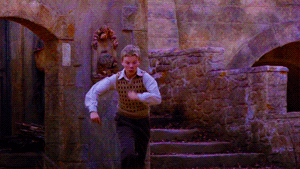


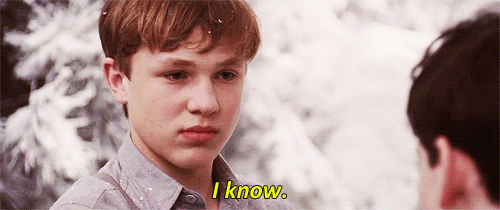
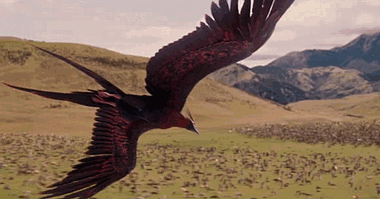

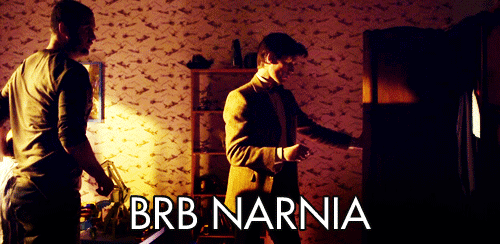

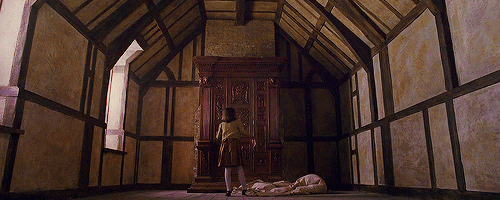
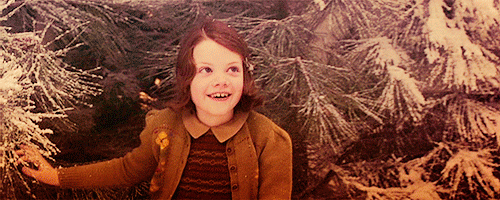

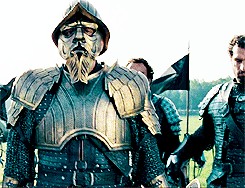
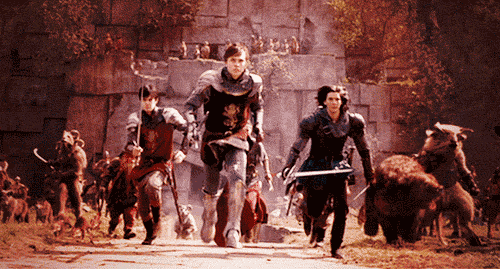

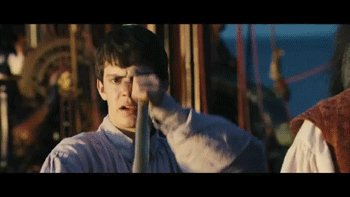



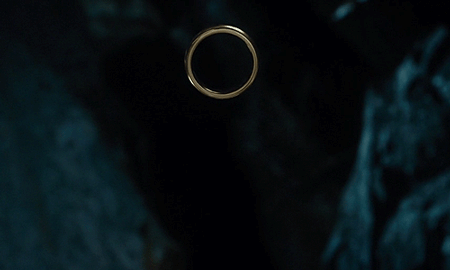
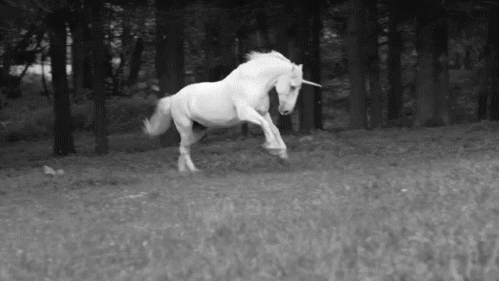
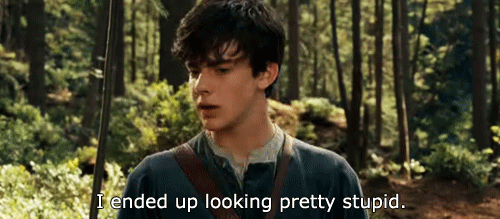


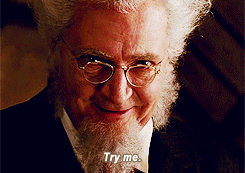
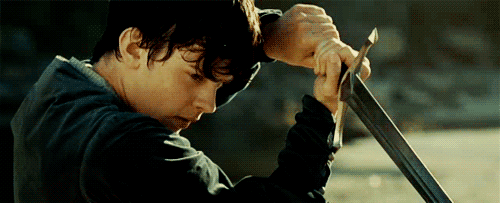
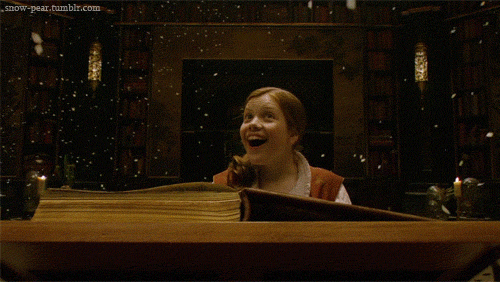


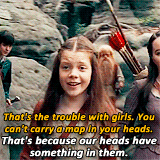
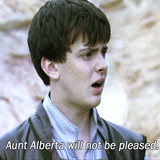

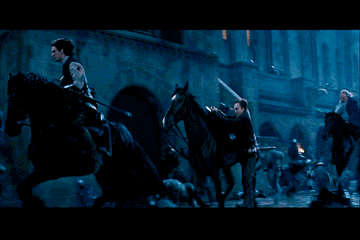







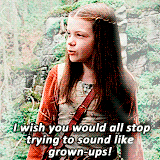


This is beautiful. As a long time fan of Narnia, I can say you've done a fantastic job to introduce the magic to someone new or to remind someone (like me) of why I adore these books still.
ReplyDeleteBRB, while I got check my closet for pine trees and re-read all the books again
*cries about cs lewis*
I LOVE Narnia. I was a little late to discover it, but I will always consider it a momentous occasion of my childhood.
ReplyDeleteThis post brought out the spirit of the books really well. I feel sorry for everyone who has never been to Narnia before. I'm still in search of an actual entrance. So far none of the wardrobes I've found are the One. So far...
Yay! I'm so glad you did a post on Narnia. If you view my blog, my profile, like half of the stories I have written, and my pictures, you will know I am a huge fan of it. :D
ReplyDelete~Lydia~ <3
As a huge fan of Narnia.. I may have teared up.. :D Great job!
ReplyDelete~Evie